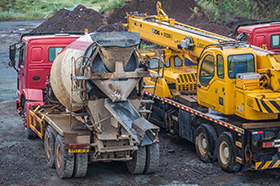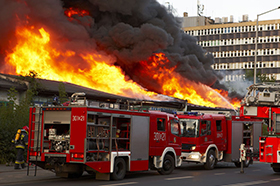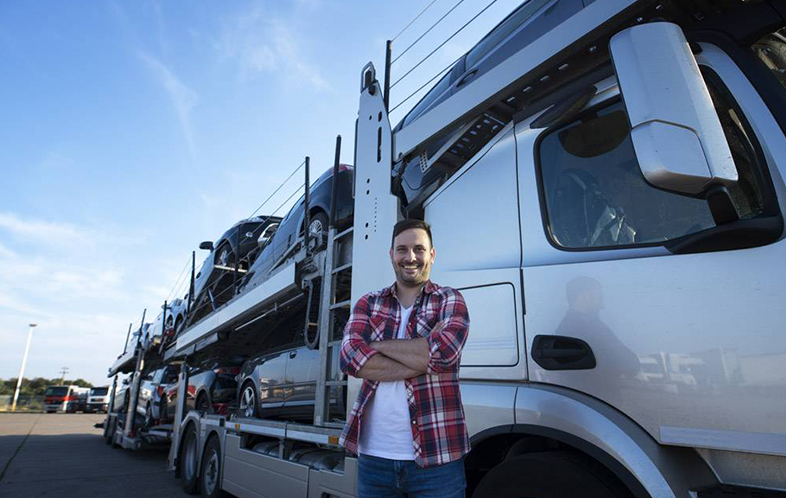TEL:(86)13823705446

- Solutions
 Commercial vehicles and passenger vehiclesHeavy duty truck Oil and gas quarries and mining Garbage and waste agriculture Distribution trucks and trailers Passenger car RV
Commercial vehicles and passenger vehiclesHeavy duty truck Oil and gas quarries and mining Garbage and waste agriculture Distribution trucks and trailers Passenger car RV - Vehicle
Rigid truck Rigid Truck And Drawbar Trailer Small Rigid Truck Articulated truck Haul Truck Tipper Garbage Truck Delivery Truck Box Truck Flatbed Truck Dump Truck Tanker Truck Water Truck Carrier Truck Refrigeration Truck Ice Cream Truck Glass Transport Truck Street Sweeper Truck Step Van Vacuum Truck Fuel Tanker Large Dumper Medium Dumper Semi trailer truck 2
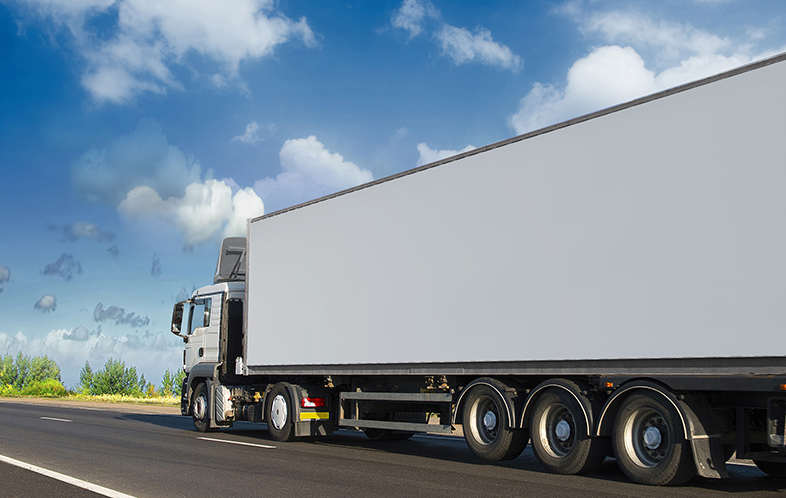 Travel Trailer Truck Camper Pop Up Camper Fifth Wheel Toy Hauler Class A Motorhomes Class B Motorhomes Class C Motorhomes
Travel Trailer Truck Camper Pop Up Camper Fifth Wheel Toy Hauler Class A Motorhomes Class B Motorhomes Class C Motorhomes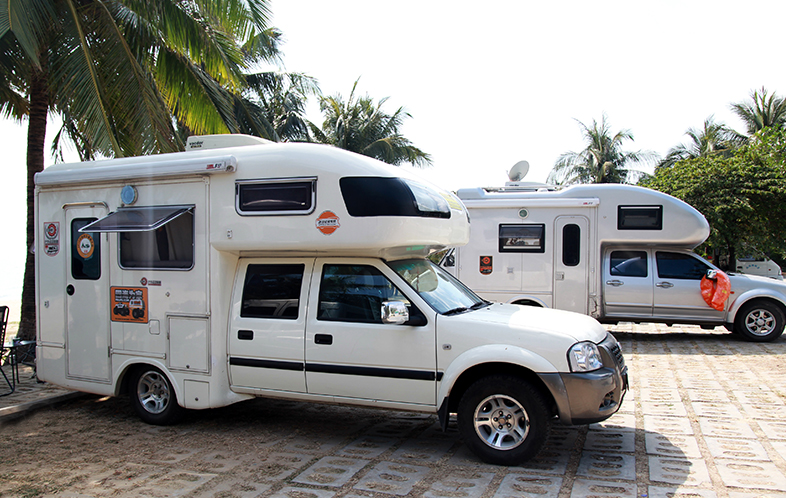
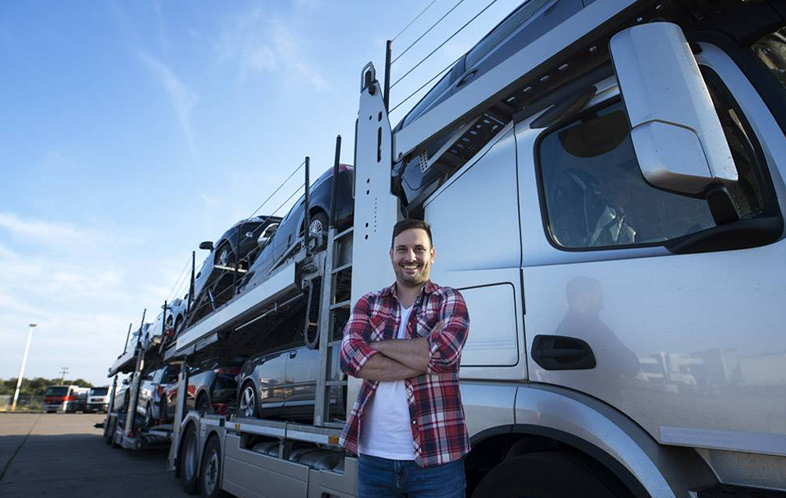

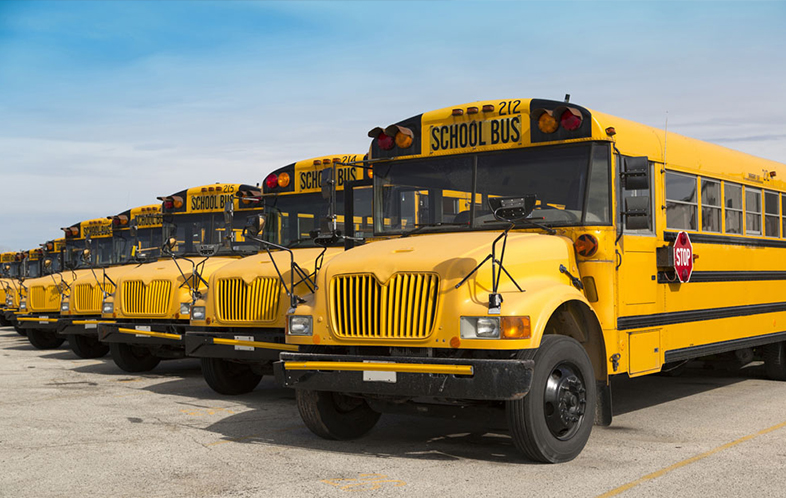
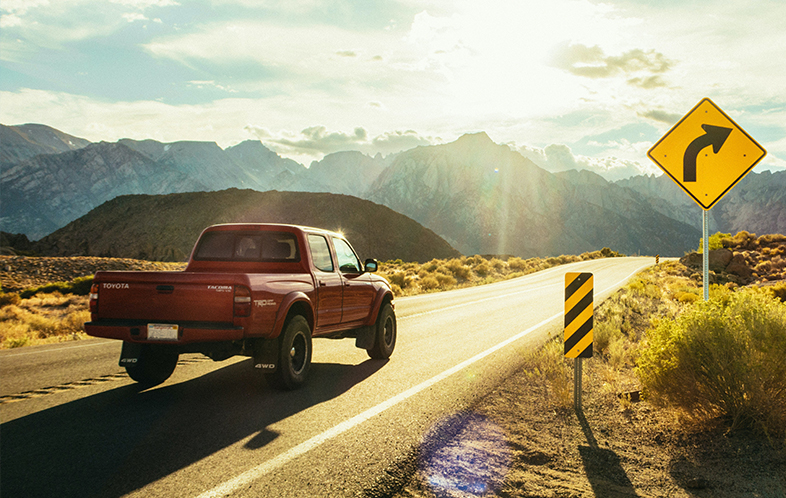 Bulldozer Baggage Tractor Backhoe Loader Crane Cement Mixer Forklift Excavator Mining Vehicles Tractor Lavatory Truck Road Roller Road Sweeper Skid Steer Snow Plow Snow Cat Pushback Vehicles
Bulldozer Baggage Tractor Backhoe Loader Crane Cement Mixer Forklift Excavator Mining Vehicles Tractor Lavatory Truck Road Roller Road Sweeper Skid Steer Snow Plow Snow Cat Pushback Vehicles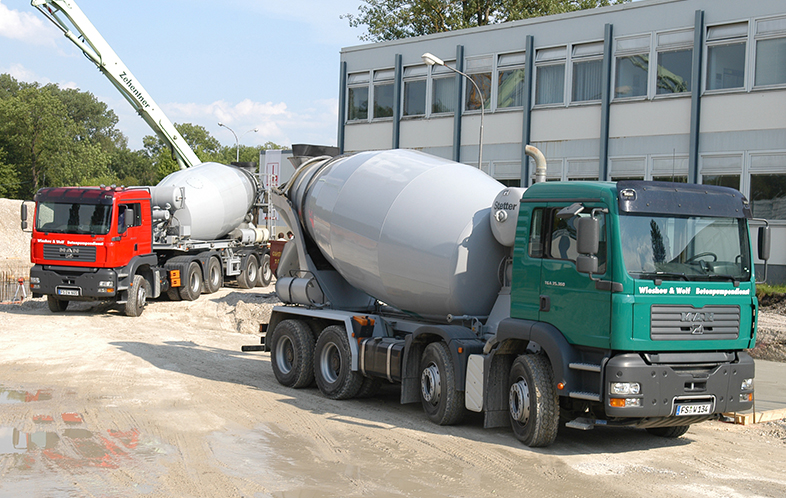
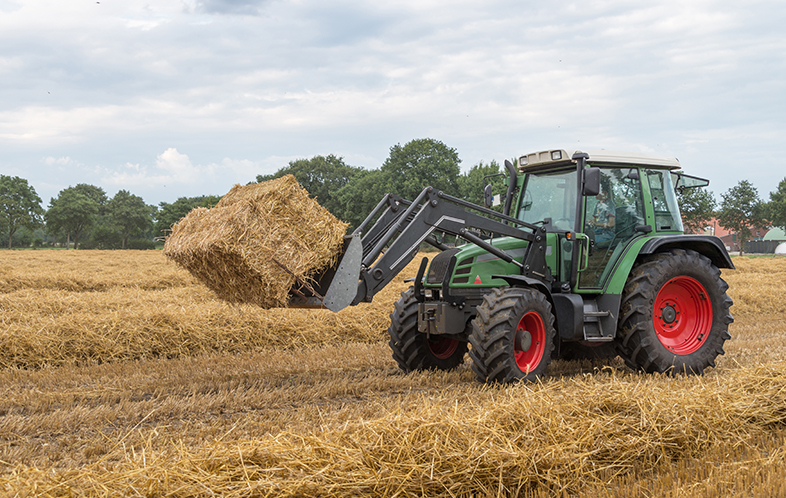

- Products
- About BRVISION
- News
Telematics Plus Dash Cam Recorder Equals Safer Fleet Management
2022-09-30 Author:BRVISION
The word “telematics” is a blend of two terms: “telecommunication” and “informatics.” Telecommunication is the exchange of information using technology. Informatics refers to the use of computers to gather and analyze data and manage real-world systems. Nowadays, telematics becomes a method of monitoring cars, trucks, equipment and other assets by using GPS technology and on-board diagnostics (OBD) to plot the asset’s movements on a computerized map. Also known as fleet tracking or GPS vehicle tracking, telematics is an essential management tool for many commercial and government fleets.

How telematics works with dash cam recorder?
With the development of science and technology, a new generation of dash cam recorder has been developed, which is different from the previous dash cameras. In the past, the dash cameras tends to record the video in the memory card. When the driver needs to use the video, the video is extracted from the memory card in the dash cam recorder. However, the new generation of front dash camera not only stores the video in the memory card, but also uploads the video to the cloud server synchronously with the support of telematics technology.The telematics device retrieves data from front dash camera, like GPS position, speed, engine light information and faults. G-force is measured by a built-in accelerometer in the device. Then the telematics device sends the data up to the cloud. A vast amount of data can be processed and analyzed with a telematics device and other connected hardware or sensors, such as position, vehicle speed, trip distance and other engine data. Finally, the data is decoded and brought into the fleet management platform for reporting and analysis.
The benefits of combining front dash camera and telematics
Traffic accidents are always unpredictable. In the United States, about eight people are killed daily in crashes involving a distracted driver, according to the Centers for Disease Control and Prevention. These situations can also result in reputational damage to the business, large insurance liabilities, and costly repairs, especially when there are no other witnesses and fleet drivers have no verifiable proof of their actions or intent.However, with the help of good dash cam and telematics, driver journey footage is uploaded to the cloud, so fleet managers can view video and image data at any time. When a traffic accident occurs, the fleet manager can extract the video from the good dash cam to understand the specific situation of the accident, and use the video as evidence to maintain the safety of the driver and the interests of the fleet.
With the useful data from good dash cam, fleet managers can view the driving status of each vehicle and driver behaviors in real time, which is helpful for fleet operation and efficiency improvement. In addition, telematics can also analyze the collected data to help fleet managers better understand all aspects of the fleet, such as driver behaviors, vehicle maintenance, potential hazards, fuel usage, etc. Data analytics also offers a way to get further use from telematics data. For example, fleets can use use benchmarking to see how their fleet performs on safety as compared to other similar fleets or understand if routes are structured in the best way.
Conclusion
The growing benefits of telematics and good dash cams include lower operational costs, an increase in fuel efficiency and productivity. Video telematics in specific is helping businesses improve the way their fleets operate by providing greater visibility to help increase safety.Latest News
- What happened to the black screen of the driving recorder?2023-05-30
- The Evolution of AI Dash Cams2023-04-26
- 5 Ways AI Dash Cams are Making Roads Safer for Everyone2023-04-26
- How AI Dash Cams are Revolutionizing the Road?2023-04-26
- What is the performance of the car camera?2023-04-21
- What are the functions of the radar and camera in the car?2023-04-21
- What happened to the black screen of the driving recorder?2023-04-17
- What are the benefits of a car hard disk video recorder?2023-04-14
- What is the function of mobile DVR?2023-04-08
- Is there so much to pay attention to when installing a dashcam?2023-03-28
Copyright © 2023 Brivision-All rights reserved


